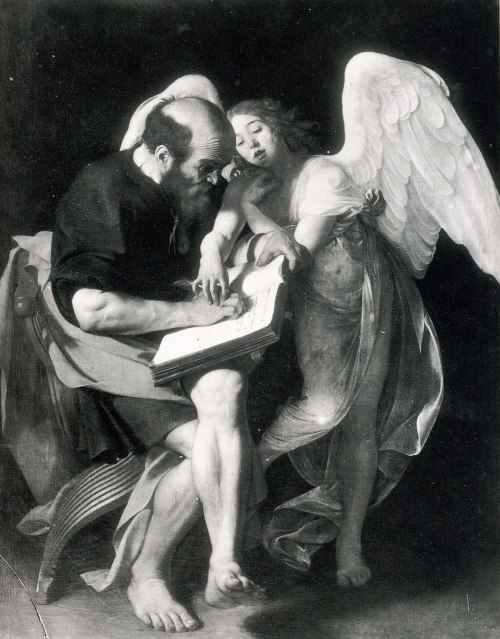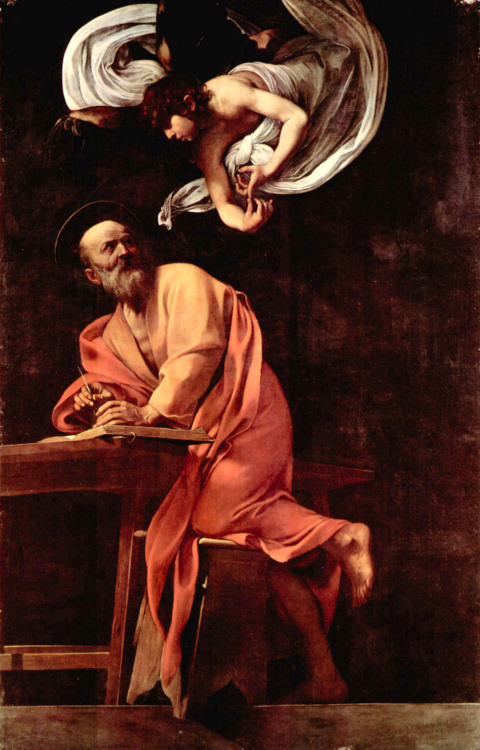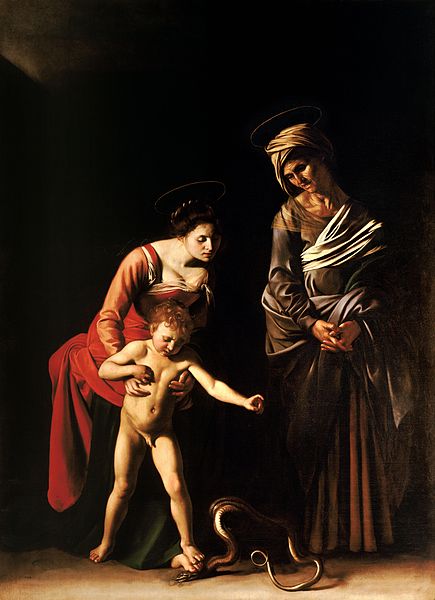
A Woman Bathing in a Stream, Rembrandt van Rijn (1654)
As we learnt last Friday, hygiene customs have changed a lot with respect to the Modern Era. After the Black Death epidemics, the idea that water was a dangerous way of transmission of illnesses extended. People thought that water carried diseases into the skin and public baths were closed in many cities. There was also a moral reason.against taking baths: as people had to be naked to have a bath, this could induce them to debauchery and depravation. People only cleaned their hands and face regularly and they took baths from time to time. The rich people had more resources and they sometimes had special rooms with a tub to take a bath. They used scented oils, parfums or flower petals mixed with water. But even if they had the means, they didn't wash frequently: once a month or one or two times per year. Even kings were very dirty:
- Isabella I, the Catholic queen of Castile didn't change her shirt until they conquered Granada. The campaign lasted 10 years
- Queen Elizabeth I of England bathed only once a month and James I, her succesor, only cleaned his fingers and wore the same clothes for months
- Louis XIV of France, the Sun King, had dozens of bathrooms at Versailles, but he didn't take baths. His servants ruubed his hands and face with alcohol and he only took therapeutic baths from time to time.

James I of England
In different countries men didn't take their hats even when they were eating, in order to avoid the lice falling into their plates. People used parfums to hide the smell.
The poor people had more difficulties to have access to water and they commonly cleaned with a rag and plain water (no soap, because it was a luxury product). When they took a bath, alll the family did it in the same water: first the oldest members of the family and the youngest in the end. This custom is the origin of the expression "Don't throw the baby out with the bath water", which means "not throwing or spoiling good things when you get rid of something you don't need anymore.
If you want to read more about this, here you have some links. They are really interesting:
http://www.economist.com/node/15108662
http://hubpages.com/hub/A-History-of-Dirty-Habits
http://www.andreazuvich.com/history/the-hygiene-of-the-17th-century/
http://www.skin-science.com/_int/_en/topic/topic_sousrub.aspx?tc=SKIN_SCIENCE_ROOT%5EWORDS_RITES_AND_CUSTOMS%5EWATER_HYGIENE_AND_BEAUTY


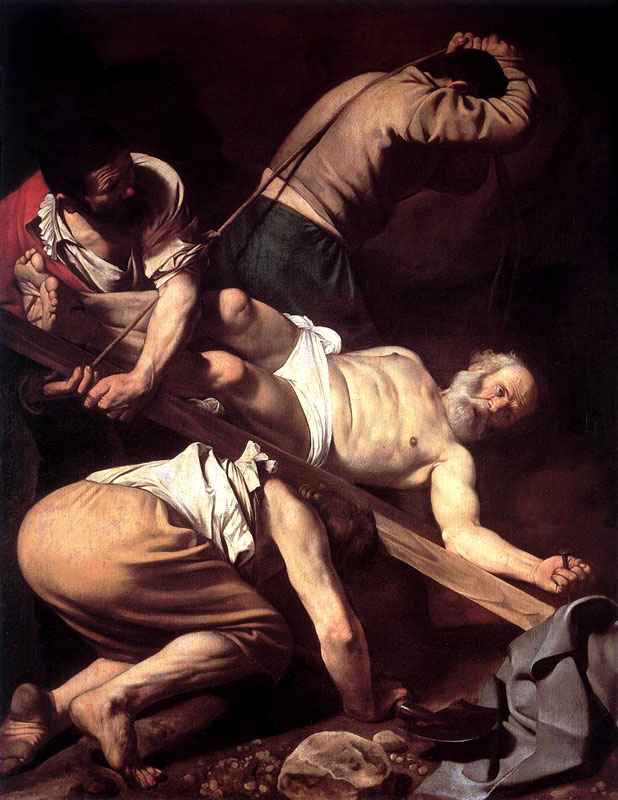
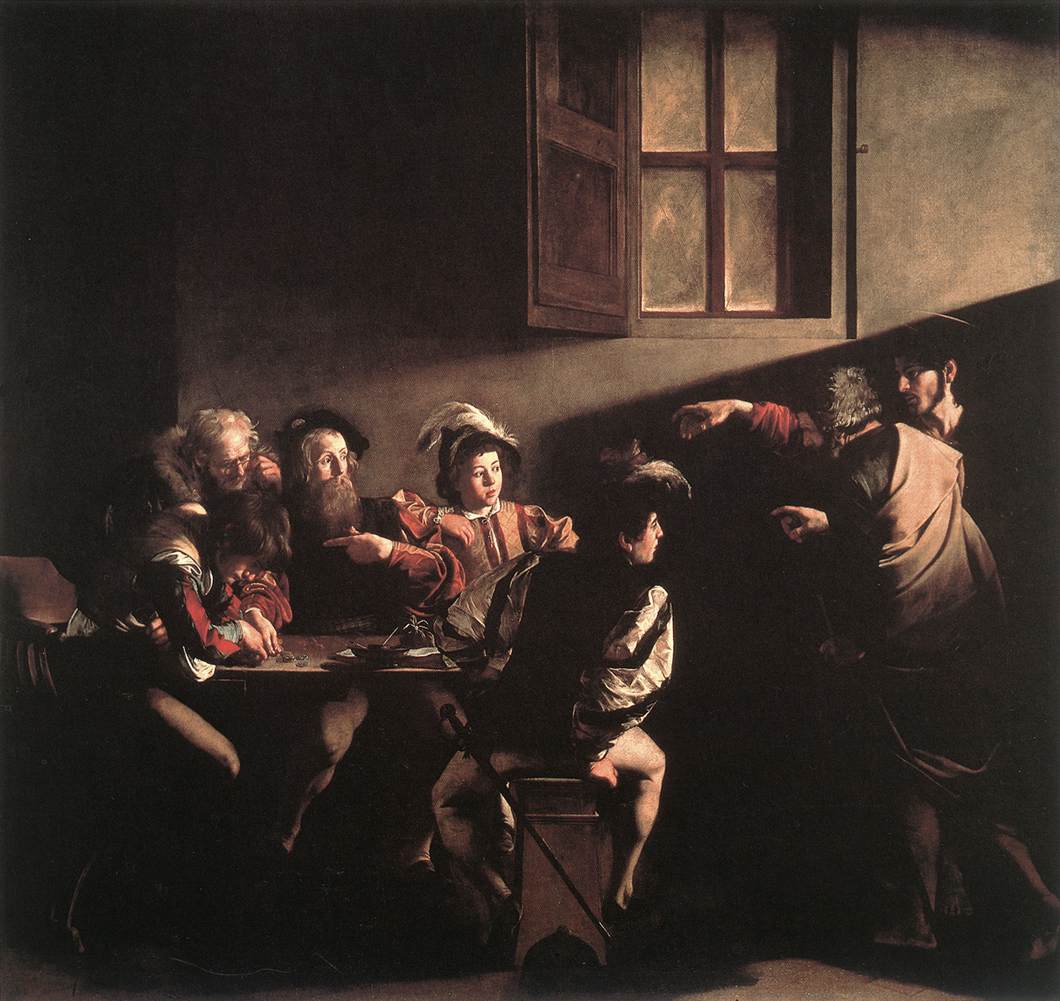
.jpg!xlMedium.jpg)

%3B_Sebastiano_Ricci.jpg)






